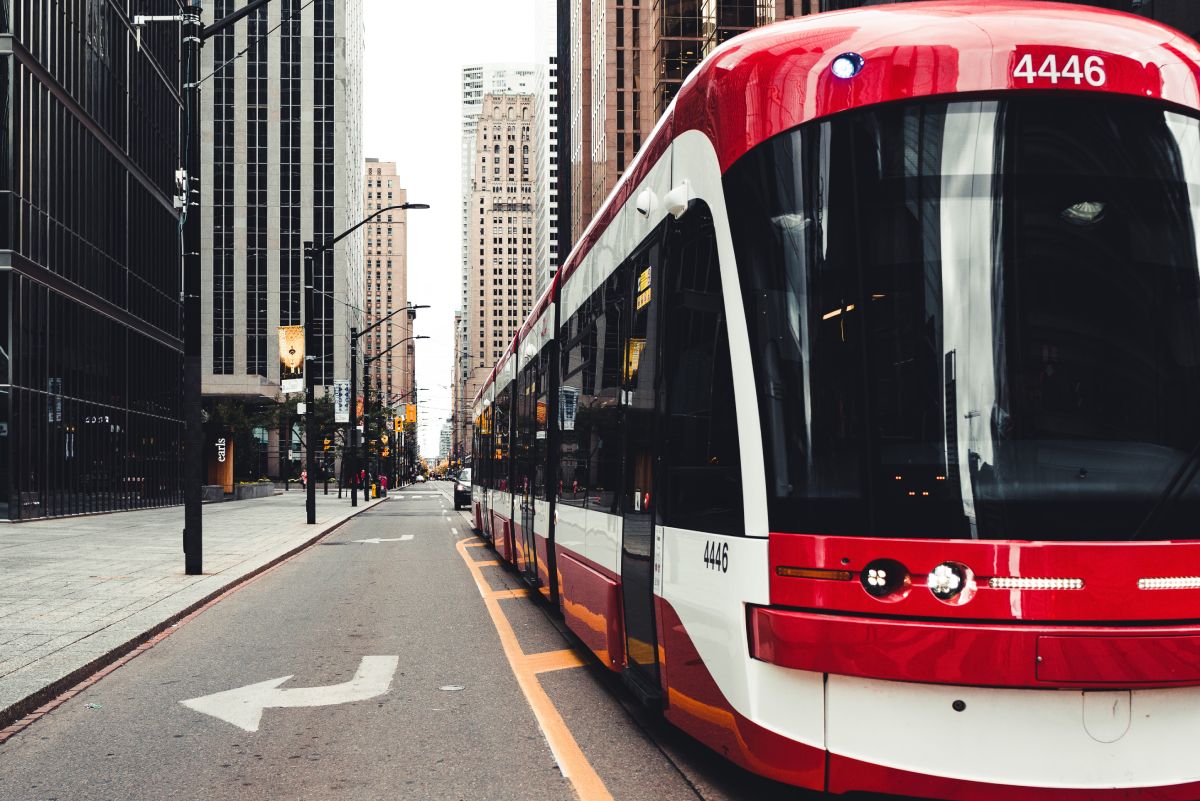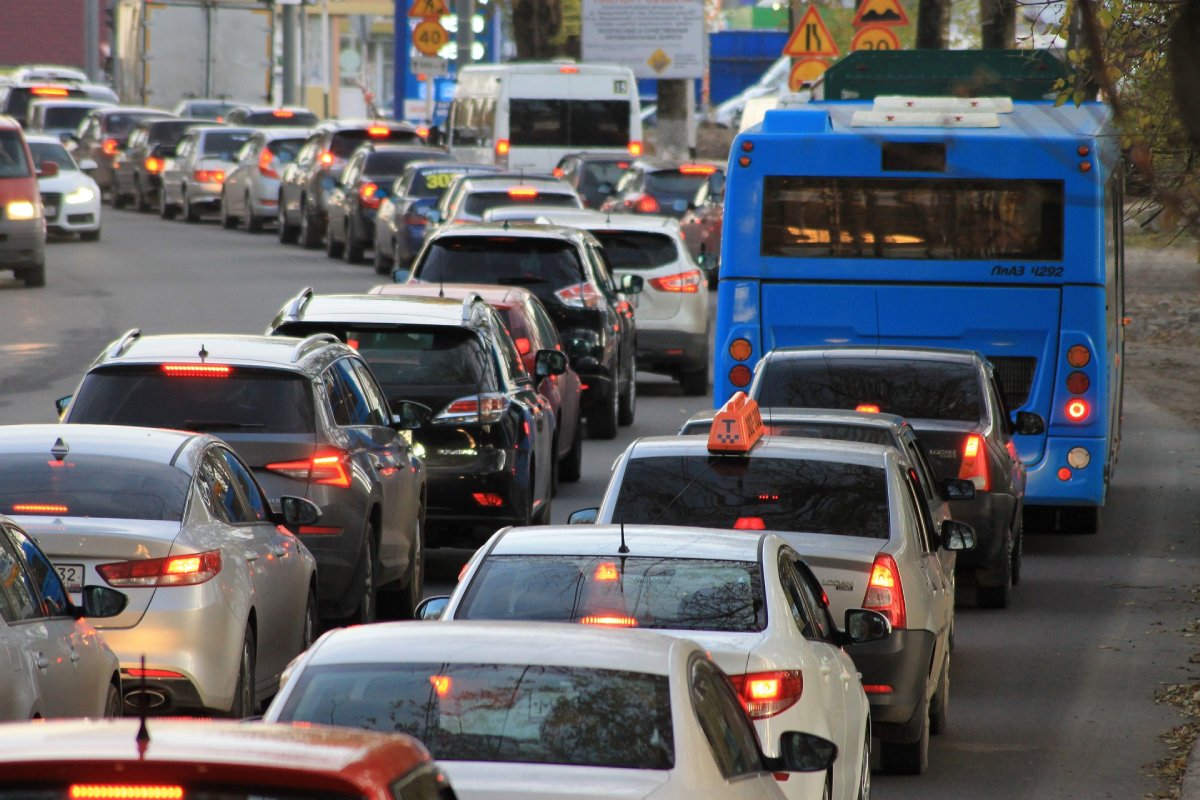Introduction
As we move towards a more sustainable future, one conversation that frequently arises is the comparison between public transport and personal vehicles. The choice between these two modes of transport significantly affects our lifestyle, our environment, and our urban landscapes. This article will delve into the advantages of public transport over personal vehicles, highlighting various benefits and implications.
Setting the Context: Public Transport vs. Personal Vehicles
A Tale of Two Transports
Public transport, like buses, trams, and trains, has been an integral part of our cities for centuries. On the other hand, the rise of personal vehicles, such as cars and motorcycles, has become a symbol of personal freedom and convenience. But as our cities become more crowded and our awareness of environmental issues grows, it’s vital to consider the broader implications of our chosen transport modes.
Brief on Public Transport Benefits
Green, Efficient, and Inclusive
Public transport provides numerous benefits over personal vehicles. It’s typically more environmentally friendly, reduces congestion, can be cost-effective, and offers an inclusive way of moving around that is available to all city residents, regardless of age, income, or ability.
Synopsis of the Post
A Deep Dive into Public Transport
In this post, we’ll dive deeper into these benefits and discuss how opting for public transport can contribute to a healthier lifestyle, a cleaner environment, and more connected and vibrant cities. We’ll also address common misconceptions about public transport and share some tips for making the transition easier. Whether you’re a daily commuter, a city planner, or simply someone interested in sustainability, there’s something in here for you. So let’s embark on this journey together and explore the profound impact of our transport choices.
Understanding Public Transportation
Before delving into the advantages of public transport, it is essential to understand what it entails. Public transportation plays a crucial role in our society, not just as a mode of transport, but also as an infrastructure that shapes our cities and communities.
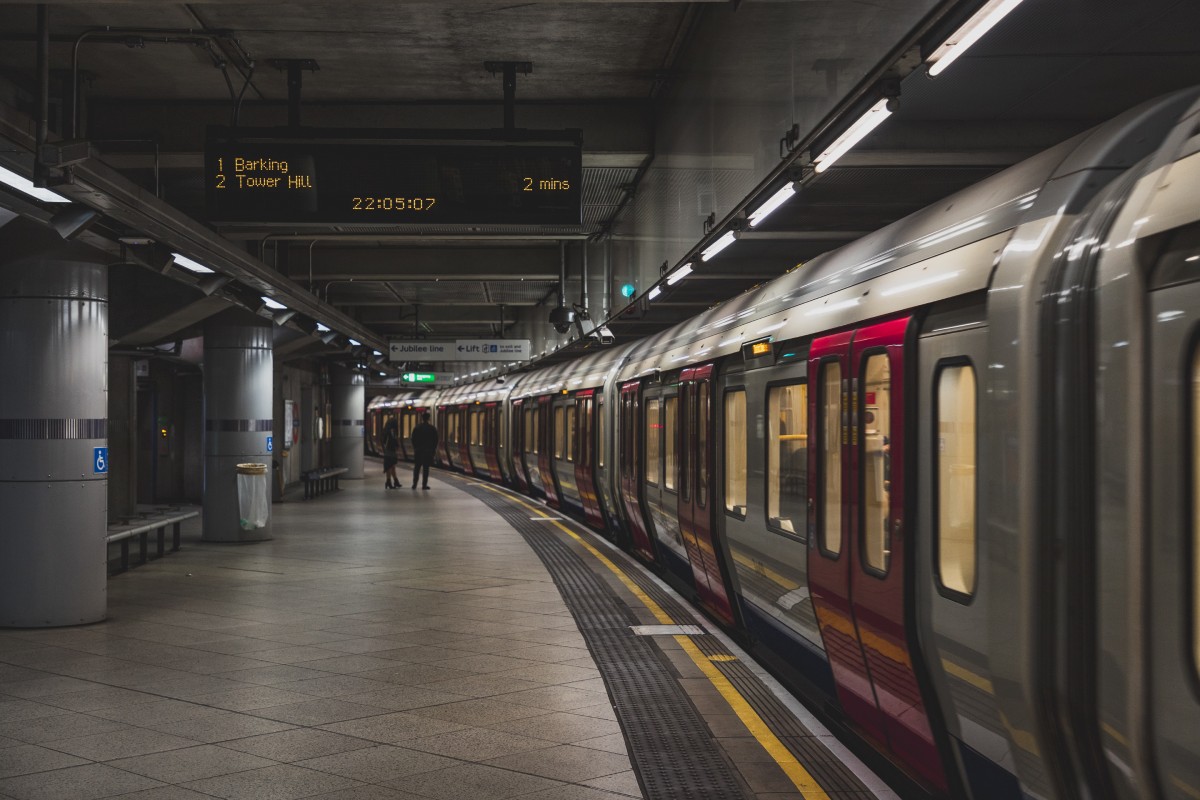
Definition and Types of Public Transport
A Broad Spectrum of Modes
Public transportation, also known as public transit, refers to shared passenger transportation services available for use by the general public. Unlike private vehicles, these modes of transport are designed to transport large numbers of people at once. The different types of public transport include buses, trams, ‘light rail’ systems, rapid transit (such as metros and subways), ferries, and even shared taxis. The choice of transport mode varies across cities, depending on factors like population density, geography, and local policies.
How Public Transportation Works
The Backbone of Urban Mobility
Public transportation operates along fixed routes with set schedules. Transit agencies, which could be public or private entities, manage these services. Public transportation is accessible in terms of cost, physical access, and ease of understanding for a wide range of the population. Through tickets or passes, users pay a fare, which contributes to the operation and maintenance of the system. However, public transport usually requires some form of public funding or subsidy to remain affordable and comprehensive.
Role of Public Transport in Society
Beyond Just Movement
Public transport does much more than merely move people from point A to B. It helps shape the structure and function of our cities. By serving diverse communities, public transport promotes social inclusion. It also helps reduce the number of private vehicles on the road, contributing to less congested and more livable cities. Finally, by being a more energy-efficient mode of transport, public transport has a crucial role to play in our fight against climate change.
In the following sections, we’ll delve deeper into these benefits, providing a compelling case for choosing public transport over personal vehicles.
Environmental Impact of Personal Vehicles
While personal vehicles provide convenience, flexibility, and personal comfort, they come with a substantial environmental price tag. Our reliance on these modes of transportation significantly contributes to global warming, resource depletion, and environmental degradation.
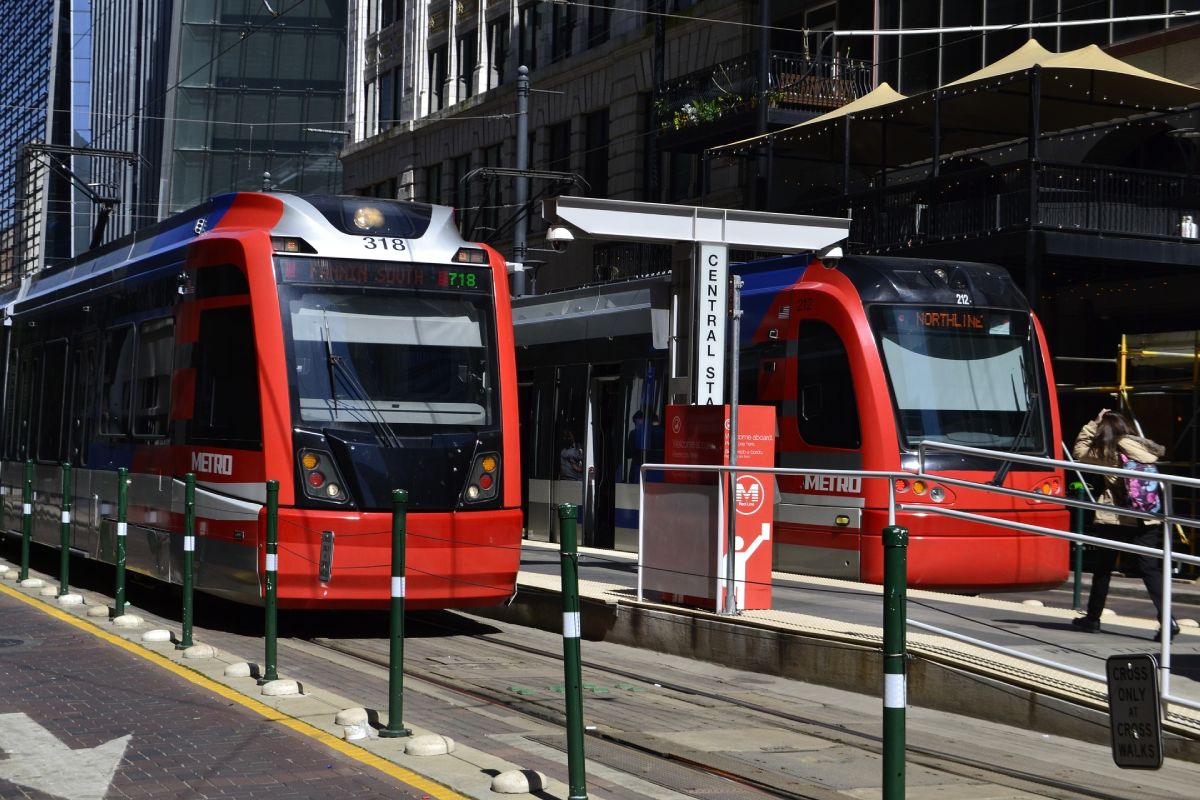
Emissions and Carbon Footprint
A Major Pollutant
Personal vehicles, particularly those that rely on fossil fuels, are among the major sources of greenhouse gas emissions. They release harmful pollutants such as carbon dioxide, methane, and nitrous oxide. These greenhouse gases trap heat in the atmosphere, leading to global warming and consequent climate change. A single car’s emissions may seem negligible, but considering the billions of cars worldwide, their cumulative impact is colossal.
Consumption of Non-Renewable Resources
Depleting Earth’s Riches
Cars powered by gasoline or diesel consume large quantities of non-renewable resources. These vehicles rely on oil, a finite resource with extraction and processing methods that further contribute to environmental harm. Additionally, the production of vehicles involves extensive use of materials like steel, rubber, glass, plastics, and paints, all of which require energy-intensive manufacturing processes.
Impact on Urban Landscapes and Wildlife
Indelible Marks on Our Planet
The infrastructure needed to support personal vehicles, such as roads and parking lots, significantly alters our urban and natural landscapes. This infrastructure contributes to habitat destruction and fragmentation, impacting wildlife and biodiversity. Roads also increase impervious surfaces, leading to water runoff and reduced water quality in our rivers and streams.
In the next section, we’ll contrast these impacts with the environmental benefits of public transport. Making a switch can be a significant step towards lessening our individual environmental footprints.
Reduced Carbon Footprint of Public Transport
When considering the environmental impact, public transport offers a more sustainable alternative to personal vehicles. By facilitating shared commuting, public transport significantly reduces carbon emissions, helps mitigate climate change, and contributes to cleaner air.
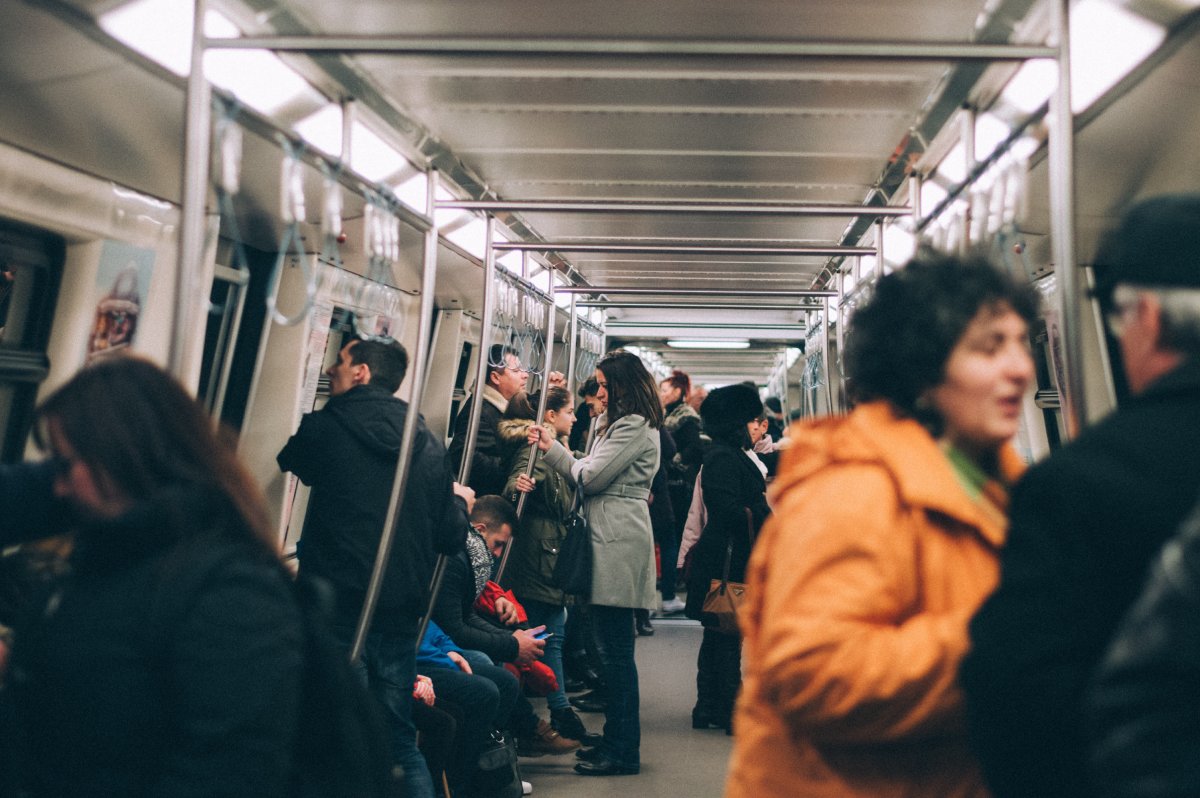
Efficiency in Carrying Large Numbers of Passengers
Maximizing the Passenger-Load Factor
Public transportation modes, such as buses, trains, and trams, are designed to carry large numbers of passengers simultaneously. This efficiency is measured by the passenger-load factor-the ratio of the number of passengers to the vehicle’s total capacity. High passenger-load factors mean that the energy consumption and emissions spread over more passengers, lowering the per capita environmental impact.
Lower Emissions Per Passenger
A Greener Ride
Because public transport carries many passengers concurrently, the emissions per passenger or ‘per passenger-kilometer’ are significantly lower than that of a personal vehicle. Thus, switching from personal vehicles to public transport can result in a substantial reduction in your individual carbon footprint.
Contribution to Cleaner Air and Reduced Global Warming
Breathing Life into Our Cities
Public transport’s lower per-passenger emissions lead to improved air quality, particularly in densely populated urban areas. By reducing pollutants and particulate matter in the air, public transport helps combat air pollution-related health problems like asthma, bronchitis, and other respiratory diseases. Furthermore, the reduction in greenhouse gas emissions contributes to efforts to mitigate global warming.
In the subsequent section, we will explore more benefits of using public transport, focusing on its socio-economic implications. As we proceed, it becomes more apparent that public transportation isn’t just a means to get from one place to another-it’s a tool for building sustainable and inclusive societies.
Economic Benefits of Using Public Transport
In addition to its environmental advantages, public transport also provides significant economic benefits. These extend from individual commuters to the broader local economy, offering cost-effectiveness, savings on maintenance and fuel, and a boost to local economic growth.
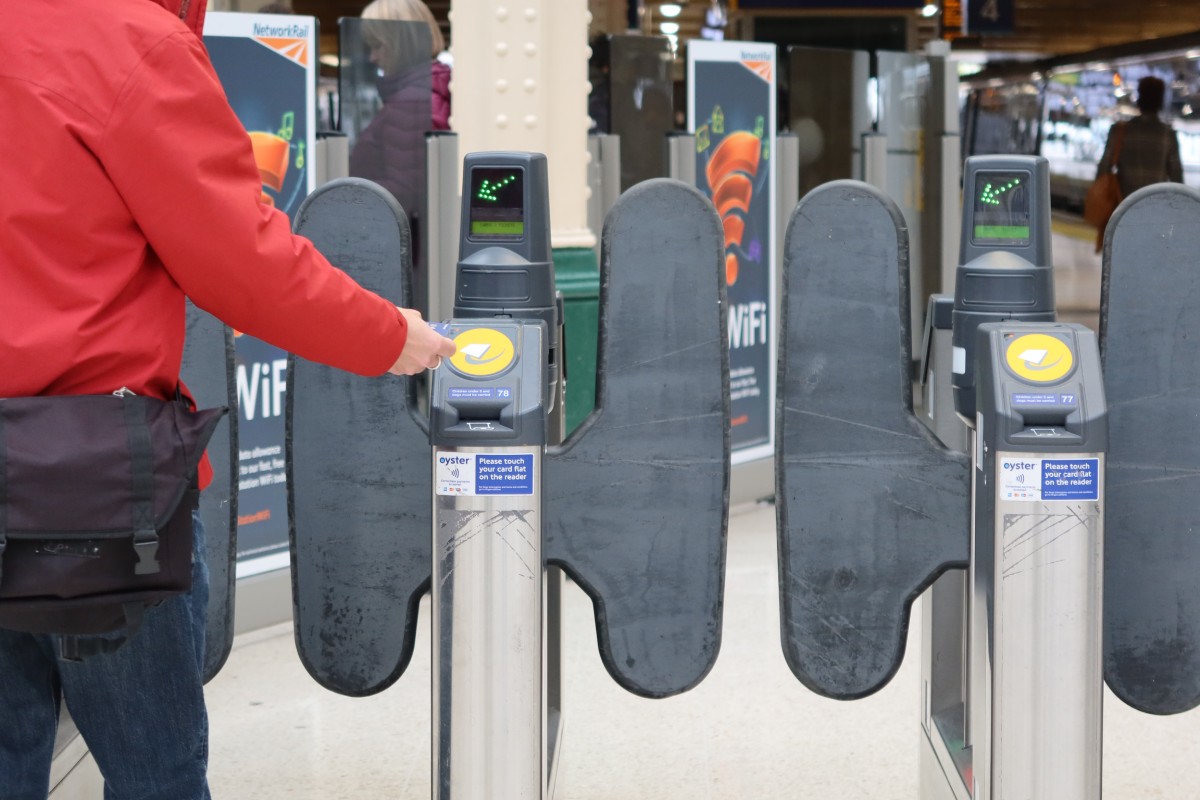
Cost-Effective for Commuters
Stretching Your Dollar
For daily commuters, public transportation is often significantly less expensive than the costs associated with owning, maintaining, and fueling a personal vehicle. The cost of a public transport ticket typically represents a fraction of the direct costs associated with personal vehicles, such as fuel, insurance, and parking fees, not to mention the indirect costs such as vehicle depreciation.
Savings on Vehicle Maintenance and Fuel
Taking a Break from Your Car
By using public transport, individuals can significantly reduce the wear and tear on their personal vehicles, which results in lower maintenance costs over time. Additionally, public transport use translates to less fuel consumption, directly translating into savings, particularly at times when fuel prices are high.
Contribution to Local Economy
Boosting Economic Growth Locally
Public transportation systems are key contributors to the local economy. They generate jobs, not only within the transport sector but also in associated industries such as manufacturing and maintenance. Moreover, public transport supports local businesses by improving access and reducing congestion, thereby making towns and cities more appealing places to work, shop, and do business. Also, the money saved on personal vehicle expenses can be redirected into the local economy, stimulating further growth.
In the next section, we’ll delve into the social benefits that public transportation offers, showcasing how it supports inclusive, connected, and healthy communities. As we’ll see, the decision to use public transport can be about much more than merely getting from point A to point B-it can be a commitment to a more sustainable and equitable society.
Public Transport and Urban Planning
Public transport plays a critical role in shaping urban development. It is a fundamental aspect of urban planning, fostering compact development, reducing the need for extensive parking, and promoting the efficient use of urban spaces. This section will explore these influences and how they contribute to more sustainable, liveable cities.
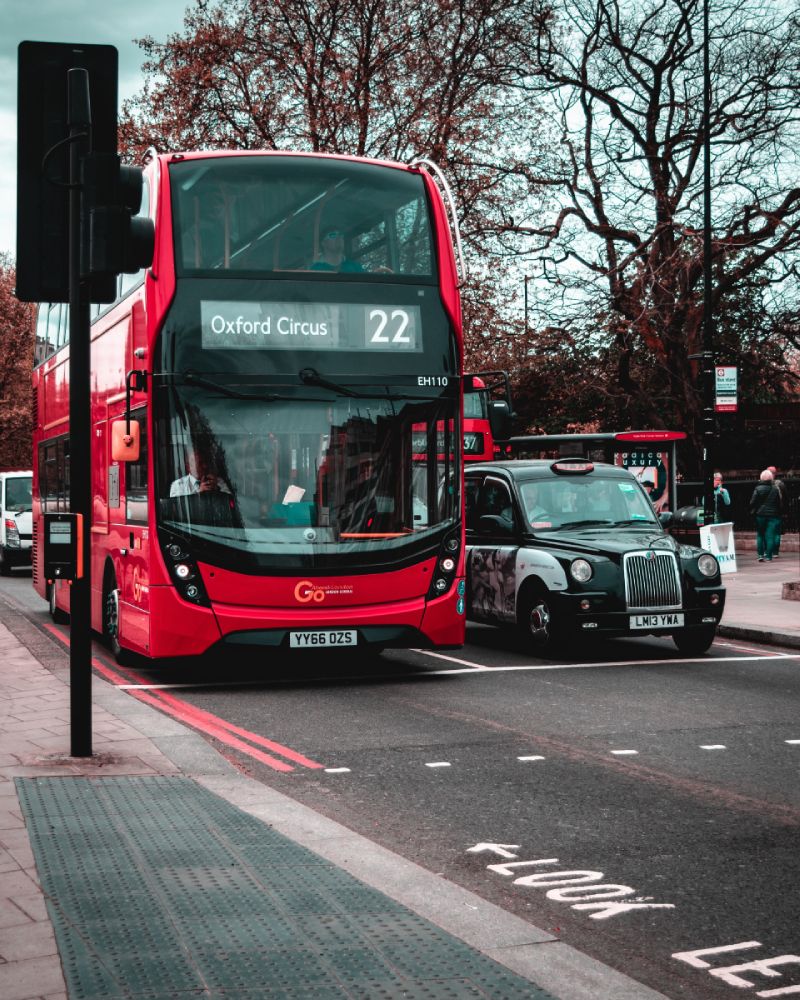
Encourages Compact Development
Towards Denser, More Connected Cities
Public transportation supports and encourages compact, dense development. Cities with robust public transport systems tend to have higher-density residential and commercial areas, which are inherently more walkable and bikeable. This development pattern discourages urban sprawl, preserving natural landscapes and habitats surrounding cities and reducing the distances people need to travel for work or leisure, thereby reducing the overall carbon footprint.
Reduces Need for Parking Spaces
Reimagining Urban Spaces
One of the less obvious, but incredibly significant, impacts of widespread public transport use is the reduction in the need for parking spaces. Parking lots and garages consume vast amounts of urban land that could be put to better use, such as parks, housing, or businesses. Shifting from private vehicles to public transport can free up this space for more beneficial uses, improving the quality of urban life.
Facilitates Efficient Use of Urban Space
Harnessing the Potential of Urban Areas
Efficient use of space is crucial in urban planning, and public transportation plays a key role in this. Buses, trams, and trains can carry a much higher number of passengers per square foot of road or track compared to personal vehicles. This transport efficiency reduces congestion and makes cities more navigable and pleasant. In addition, by fostering higher density development, public transport helps ensure that urban amenities and services are in close proximity to each other, further reducing travel distances and promoting a more active, healthier lifestyle among urban residents.
In our next section, we’ll discuss how public transportation contributes to social equity, ensuring mobility for all residents regardless of income or ability. The role of public transport extends far beyond simple logistics-it is a vital tool in creating more inclusive, equitable urban environments.
Health and Social Benefits
Utilizing public transport is more than a mere practical solution for getting around. It offers a wealth of health and social benefits, contributing to both physical and mental well-being. This section dives into how public transport encourages physical activity, facilitates social interaction and community engagement, and reduces stress associated with driving in heavy traffic.
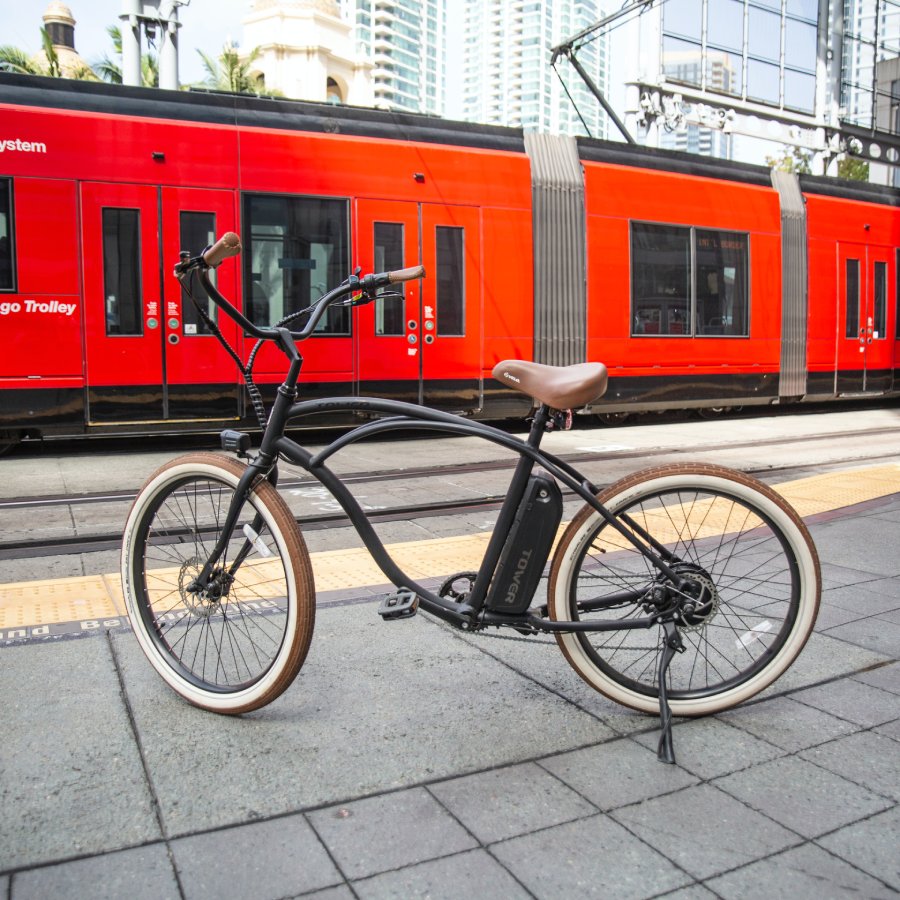
Encourages Physical Activity (Walking or Cycling to Stops/Stations)
A Boost for Your Health
Switching to public transport can significantly increase your daily physical activity. Getting to and from bus stops or train stations usually involves a degree of walking or cycling. These short bouts of activity, often overlooked, add up over the days and weeks, contributing to the recommended weekly physical activity and promoting cardiovascular health. Additionally, cities with comprehensive public transport systems are more likely to have pedestrian-friendly infrastructure, further encouraging active transportation like walking and cycling.
Facilitates Social Interaction and Community Engagement
Foster a Sense of Community
Public transport inherently promotes social interaction. Unlike personal vehicles, buses, trams, and trains are shared spaces, bringing together people from diverse backgrounds. This offers opportunities for social interaction, fostering a sense of community and promoting social cohesion. In addition, the use of public transport can also enhance community engagement, as people who use public transport regularly are more likely to participate in community events and local activities since they tend to be more aware and connected to their surroundings.
Reduces Stress Associated with Driving and Traffic
A Calmer Commute
Lastly, using public transport can reduce stress associated with driving in congested traffic. This is particularly true for those commuting to and from work during peak hours. Instead of focusing on the road, public transport users can use their commute time to relax, read, catch up on work, or even socialize. This can lead to improved mental well-being and overall quality of life.
In the next section, we’ll look at how policymakers can promote the use of public transport, drawing on successful strategies from around the world.
Accessibility and Equity
Public transport is not just an environmentally friendly or economical option; it is a means to bridge gaps in society, promoting accessibility and equity. By offering mobility to people of all ages and abilities, providing an affordable transportation option for low-income individuals, and contributing to more equitable urban communities, public transport serves as a cornerstone for social justice in urban planning.
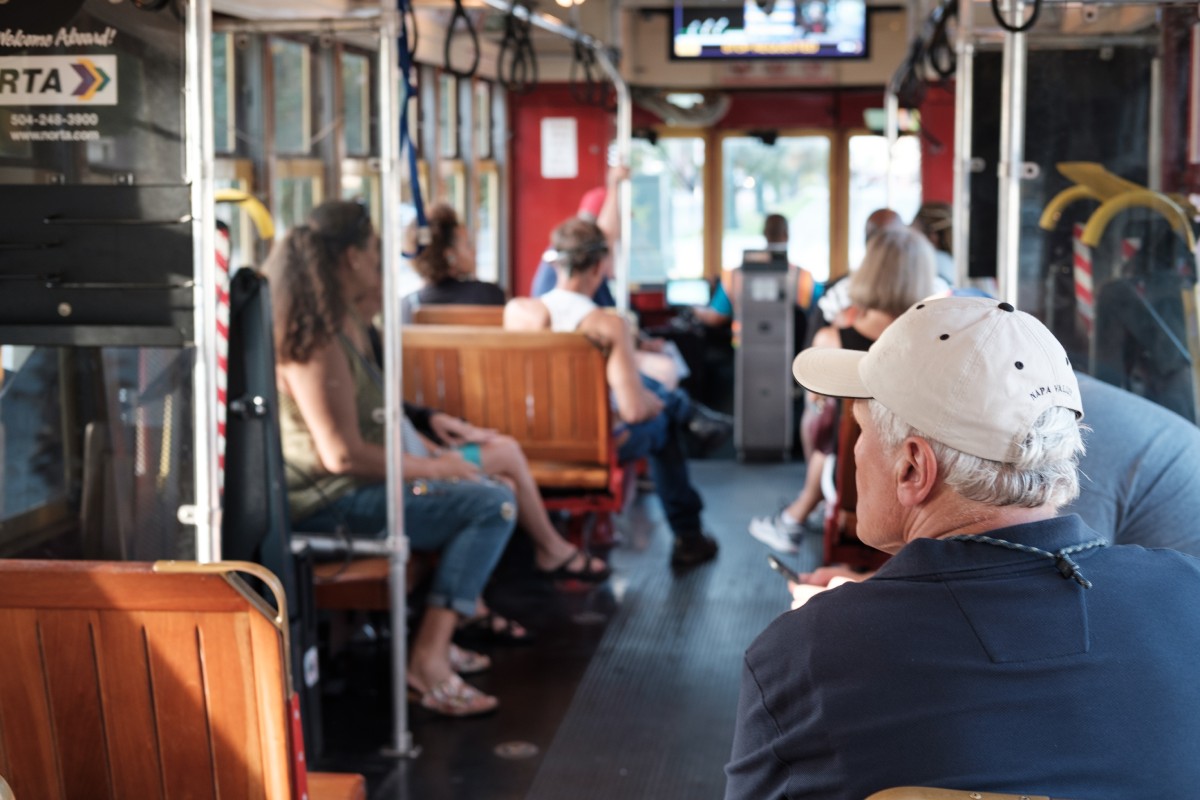
Offers Mobility for People of All Ages and Abilities
An Inclusive Transport Mode
Public transport is designed to be inclusive, catering to people across different demographics. Whether it’s children, senior citizens, or people with disabilities, public transport systems aim to be accessible for all. Many public transport systems have facilities to accommodate those with mobility challenges, such as low-floor buses, ramps, tactile pavement, and audible signals at stations. This inclusivity allows all individuals to participate in community life, get to work, access healthcare services, and more, regardless of their personal circumstances.
Affordable Transportation Option for Low-Income Individuals
Economically Sustainable Travel
Public transport often costs significantly less than owning and maintaining a personal vehicle, making it an affordable transportation option for low-income individuals. This affordability ensures that everyone, regardless of income, has access to reliable transportation, opening up opportunities for better education, employment, and services. In many cities, further discounts are provided for senior citizens, students, and low-income individuals, emphasizing the role of public transport in promoting economic sustainability.
Contributes to More Equitable Urban Communities
Building Equitable Cities
A well-designed public transport network can contribute to building more equitable urban communities. By ensuring that all neighborhoods, including those that are underserved, have access to reliable public transport, cities can reduce social disparities. Effective public transportation can help combat spatial segregation, enabling people from less affluent areas to access opportunities located in other parts of the city. In this way, public transport can promote social mobility and contribute to a more balanced and integrated urban development.
In the concluding section, we will encapsulate the key points discussed in this post and reflect on the potential of public transport as a tool for sustainable and equitable urban development.
The Future of Public Transport
As we look to the future, public transport stands at the center of the urban transformation. Advancements in technology and increased environmental awareness are driving the evolution of public transportation, aiming to make it more sustainable, efficient, and integrated.

Emerging Sustainable Technologies (Electric Buses, Hydrogen Trains)
Riding on Green Tech
Increasingly, sustainable technologies are being leveraged to reduce the environmental impact of public transport. Electric buses and hydrogen-powered trains are emerging as viable alternatives to their fossil-fueled counterparts. Electric buses, which produce zero tailpipe emissions, are being rapidly adopted in cities worldwide, while hydrogen trains offer a clean option for long-distance rail transport.
With advancements in renewable energy and battery technology, the transition to these green modes of public transport is expected to accelerate in the coming years. The transition to these more sustainable options not only reduces greenhouse gas emissions but also contributes to better air quality in urban centers.
Integration with Bike and Scooter Shares
Intermodality for Better Connectivity
Public transport is increasingly being integrated with other modes of transport such as bike and scooter shares, creating a seamless and flexible mobility system. This integration, often facilitated by unified ticketing systems and smartphone apps, makes it easier for commuters to switch between different modes of transport and reach their destinations in the most efficient way possible.
Bike and scooter shares provide an excellent solution for the “last mile” problem - the challenge of getting commuters from public transport stops to their final destination. By integrating these services with public transport, cities can offer a comprehensive mobility solution that encourages more people to leave their cars at home.
Smart Cities and Public Transport
Digitization for Efficiency
In the context of smart cities, public transport is being transformed by digital technologies. Real-time tracking, mobile ticketing, and predictive analytics are making public transport more reliable and user-friendly.
Smart city initiatives also emphasize the need for data-driven decision-making in public transport planning. Using data collected from various sources, city administrators can optimize routes, schedules, and capacity to match demand patterns. This smart management of public transport can lead to improved service, lower costs, and enhanced user satisfaction.
Looking ahead, it’s clear that public transport has a bright future. As it evolves to meet the demands of the 21st century, it continues to serve as an essential tool for sustainable and equitable urban development. In our next and final section, we will summarize the key points discussed in this post and reflect on the imperative for embracing public transport.
Conclusion
In this discussion, we’ve ventured through the multifaceted dimensions of public transport, identifying its merits over personal vehicles and casting a spotlight on its future. Now, it’s time to bring all the insights together and take a final look at why we should consider public transport as a viable and more sustainable mode of transportation.
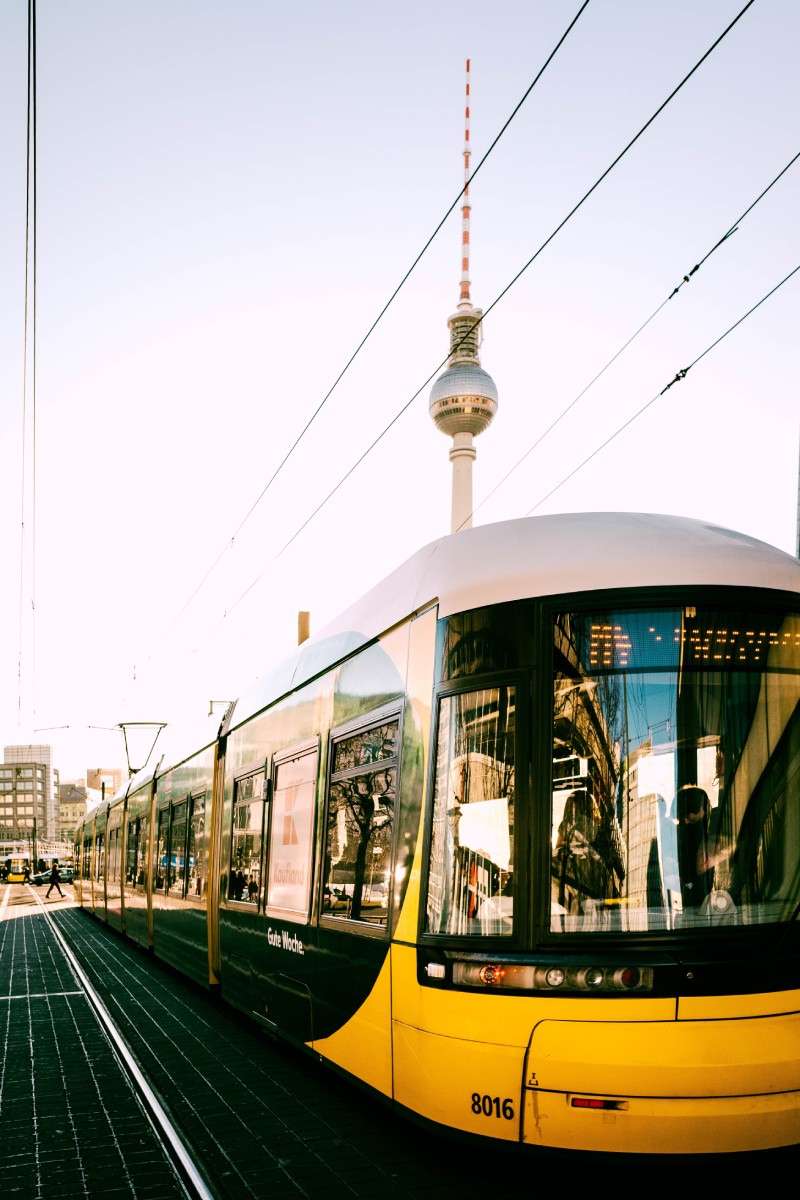
Recap of Key Points
We started by setting the context of public transport versus personal vehicles, unveiling a detailed understanding of public transport, its workings, and its indispensable role in society. We then went on to discuss the environmental consequences of personal vehicle use, such as significant emissions and a large carbon footprint, alongside the consumption of non-renewable resources and the impact on urban landscapes and wildlife.
In contrast, we explored how public transport, through its capacity to carry large numbers of passengers and lower emissions per passenger, greatly contributes to cleaner air and reduces global warming. The conversation evolved to include the economic benefits of using public transport, which range from being cost-effective for commuters to savings on vehicle maintenance and fuel, and even the bolstering of local economies.
From an urban planning perspective, we learned that public transport encourages compact development, reduces the need for parking spaces, and enables the efficient use of urban space. The subsequent sections highlighted the health and social benefits of public transport, its contribution to accessibility and equity, and the burgeoning advances in sustainable technology that promise a greener future.
Emphasizing the Benefits of Public Transport
The benefits of public transport are undeniable and manifold. It not only presents a solution to the mounting environmental concerns but also addresses economic and social issues, promoting health and community cohesion. Public transport can be the key to tackling traffic congestion, reducing greenhouse gas emissions, and making our cities more livable.
Encouraging Readers to Consider Public Transport over Personal Vehicles
As we wrap up this discussion, we want to encourage you, dear readers, to contemplate these insights and consider making a switch from personal vehicles to public transport. Each journey made on public transport instead of a private car makes a difference. It might seem like a small step, but collectively, these individual actions can lead to substantial environmental, social, and economic change.
Let’s embrace public transport. It’s not just a matter of getting from point A to point B; it’s about contributing to a sustainable future, fostering healthier lifestyles, promoting social interactions, and building equitable cities. The journey towards a sustainable and equitable urban future begins with a single ride on public transport. Hop on and make a difference!

